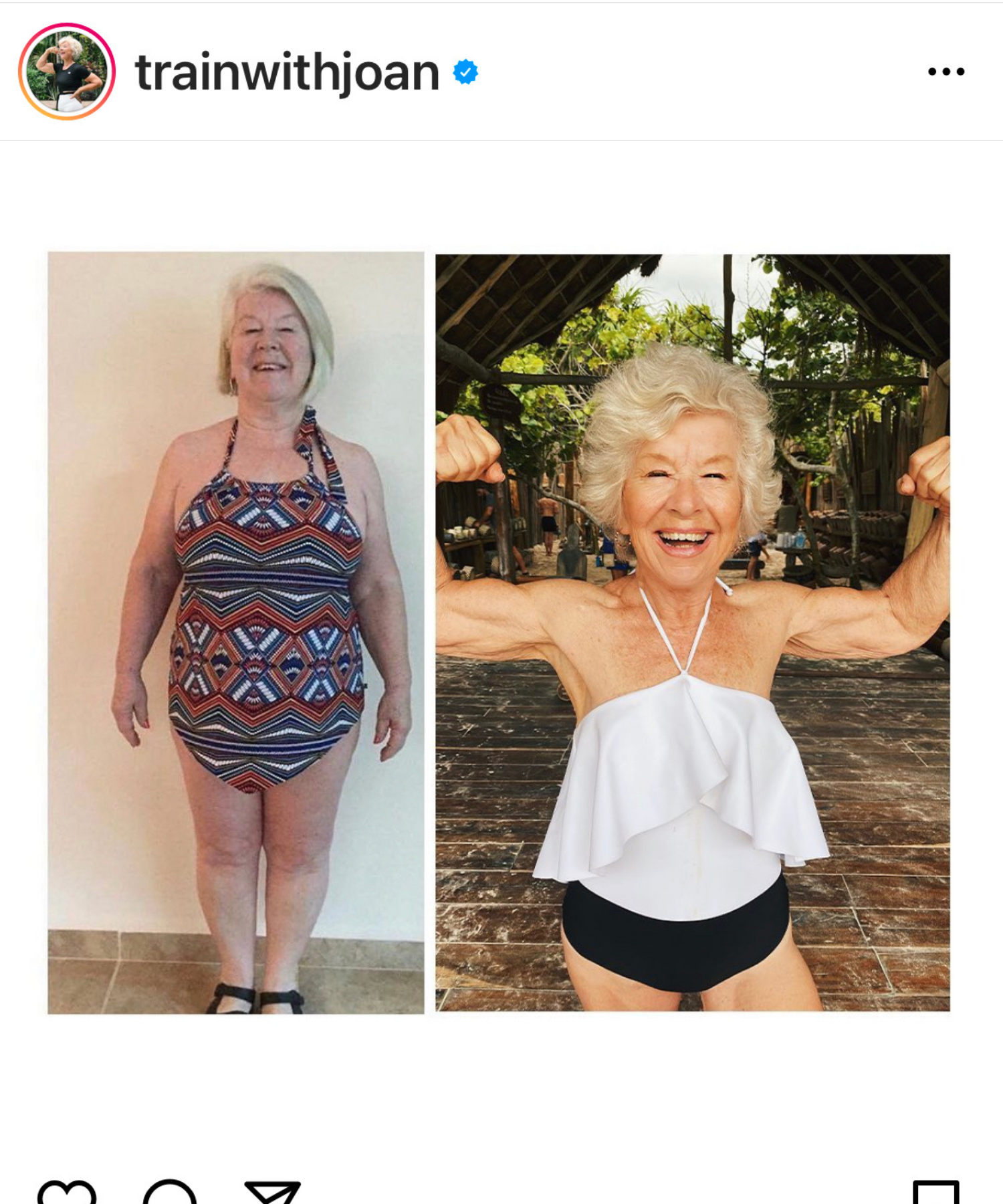Lifestyle: The Silver Bullet for Midlife Women

The menopause transition is a ‘portal to the second half of life,’ providing a critical window to adopt lifestyle behaviors to be your healthiest, best self.
Cynthia Stuenkel, MD, NCMP
The menopause transition is a ‘portal to the second half of life,’ providing a critical window to assess lifestyle, identify health concerns, and reinforce a proactive approach to future wellbeing. Preventive measures — particularly lifestyle measures — promote cardiovascular, cognitive, and bone health while combatting obesity and associated issues, including cancers. Midlife is such a crucial period that the National Institute on Aging and the National Academy of Medicine now prioritize health longevity — extending the lifespan and improving the quality of health.
At the Translational Science Symposium on Midlife Wellbeing held in advance of the 2021 Annual Meeting of the North American Menopause Society, expert Dr. Cynthia Stuenkel, Clinical Professor at the University of California, San Diego, School of Medicine, shared with healthcare providers a framework to address lifestyle benefits and strategies targeting heart, brain, cancer prevention, and bone health at every visit.
Key Midlife Health Risks
- Cardiovascular Disease (CVD). The primary killer of women starts a decade or more following the transition to menopause. However, CVD risk factors often emerge during the menopause transition. Women shouldn’t wait for the transition, though, to focus on heart health. Women approaching menopause can ‘pay it forward’ and, as a result, stave off weight gain, an expanding waistline, deterioration of lipids, and progression of cardiovascular disease.
- Cognitive Decline. What is good for the heart is good for the brain. The World Health Organization 2019 guidelines to reduce cognitive decline recommends regular exercise, maintaining a healthy weight, regulating blood sugar levels, and keeping cholesterol within recommended limits while giving up unhealthy habits such as drinking and smoking. A study from the United Kingdom Biobank program suggested that lifestyle measures could reduce the risk of cognitive decline, even in those at high genetic risk for dementia.
- Cancer. Another incentive to adopting a healthy lifestyle is cancer prevention. Common risk factors for CVD are also risks for breast cancer. In the Women’s Health Initiative Observational Study, weight loss was associated with a twelve percent lower risk of new breast cancers. For women with existing breast cancer, a thirty-five percent reduction in deaths was observed after weight loss.

The Healthy Aging Silver Bullet
Is there a silver bullet for disease and healthy aging? We now know from a large body of research that healthy lifestyle behaviors will improve health and longevity. A large observational study, including Nurses’ Health Study participants, reported that a healthy lifestyle, including
- never smoking,
- maintaining a healthy BMI,
- engaging in more than 30 minutes a day in moderate to vigorous physical activity,
- moderating alcohol intake, and
- eating healthy foods
was associated with a substantial reduction in all-cause (74%), cancer-associated (65%), and CVD (82%) death. Better yet, these measures were observed to extend life expectancy beyond age 50. A woman with zero low-risk factors could expect to live an additional 29 years beyond age 50 to 79. When all five low-risk factors are present, women can expect to live 43 years beyond age 50. Gaining an additional 14 years than those with no low-risk factors and living to 93 years of age!
The Silver Bullet Prescription For Midlife Women
Take a team approach
Lifestyle behaviors can be hard to implement and sustain on your own. Get others to motivate and encourage you.
Create a personalized plan
Don’t follow a one-size-fits-all plan. Figure out how you can make healthy lifestyle behaviors fit with your schedule, budget, and interests.
Prioritize healthy foods
We all have a few unhealthy foods we love. The keys are prioritizing healthy foods and viewing unhealthy favorites like french fries or cookies as treat foods. The 80/20 rule is an excellent guide to live by. Eighty percent of the time, you eat healthy foods like fruits, vegetables, protein, whole grains, nuts, and seeds. Twenty percent of the time, you treat yourself to a few less healthy options in moderation.
Get moving
Exercise or movement is crucial to good health and longevity. In the Blue Zones, where the highest concentration of older people live, one of their secrets is to keep moving all day, every day. The basic guideline for exercise is 150 minutes per week or more of moderate-intensity or 75 minutes of high intensity. Walking is a good start if you haven’t exercised for a while. Check with your provider if it’s been a while to make certain it is safe to take on an exercise program.
Lose or maintain weight
Not all of us need to lose weight in midlife, but most do. Weight loss is more challenging after 40, but don’t be discouraged. Every little bit helps.
Quit smoking
No doubt you’ve heard this one before. It’s true, though. Quitting smoking makes a huge difference in your health. Talk to your doctor about programs that can help support you. Your employer and health plan may also offer free programs and resources.
Remember, it’s never too late to engage in healthy lifestyle behaviors and catch up with (and perhaps pass up) your peers. In a motivating report, women who were latecomers (starting after age 50) to competitive running managed to be as swift and well-muscled as lifelong runners. It is reassuring to realize that it may never be too late to take up healthy behaviors—the silver bullet, indeed!
TThis information was presented at the Translational Science Symposium “Charting the Path to Health in Midlife and Beyond: The Biology and Practice of Wellness” held in advance of the 2021 Annual Meeting of The North American Menopause Society in Washington, DC. Excerpts from the Translational Science Symposium are presented as part of the Live From #NAMS2021: The Latest Breakthroughs in Women’s Midlife Wellness series published by Women Living Better and Lisa Health with permission from NAMS.
Please visit Midday and Women Living Better to find more information and recommendations from top experts in menopause, midlife health, and healthy aging.
Sign up for more unique women’s health content
By submitting this form, you agree to the Lisa Health Privacy Policy and Terms of Use


